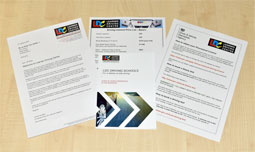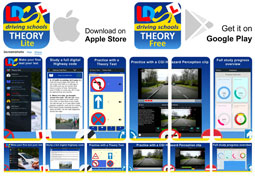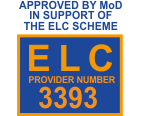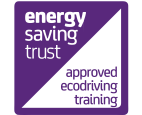Driving lesson 9. Roundabouts
Introduction
Roundabouts are designed to keep the traffic flowing. Traffic should only flow in a clockwise direction around the island in the centre of the roundabout. This circular road is a one-way street and may be made up of one or more lanes. Mini roundabouts are much smaller but have the same purpose to keep the traffic flowing. Traffic entering the roundabout must give way to traffic already on the roundabout approaching from the right.
Key learning notes
Approaching a roundabout
When approaching a roundabout you apply your Hazard Drill and take observations into the major road ahead as early as possible. Unlike other junctions most roundabouts are quite open so that you can assess the flow of traffic on the roundabout at an early stage. This should give enough time to adjust your speed so that, if possible, you can emerge safely into the flow of traffic from the right without stopping.
Some drivers use roundabouts as though they were stop junctions and only take observations to the right at the last minute. As a result they might stop at the give way line when it is not necessary. Therefore do not presume the vehicle in front will proceed, even if it is clear.
![]() How to proceed at a roundabout
How to proceed at a roundabout
Turning left
When turning left, approach in the left hand lane and signal left. Maintain your road position and your signal as you negotiate the roundabout.
Going ahead![]()
Use the left hand lane unless signs or road markings show that you should use a different lane. Do not give a signal on approach to the roundabout. Take care to keep in your lane as you drive around the roundabout.
Signal left to leave the roundabout as you pass the exit before the one you wish to take.
![]() Turning right
Turning right
When turning right, approach in the right hand lane and signal right. Maintain your road position and then signal left as you pass the exit before the one you wish to use. If you need to change lanes to leave the roundabout take extra observations to the left before moving across.

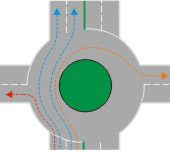
Mini roundabouts
The same rules apply at mini roundabouts as apply at the larger roundabouts, although you will probably find that you have to reduce speed even further due to the lack of space to manoeuvre. There is often insufficient time to signal left when leaving. You must pass around the central markings unless you are driving a large vehicle or towing a trailer, which is incapable of doing so. Try to avoid using a mini roundabout to do a U-turn, but be aware that other drivers may use it for this purpose.

Double mini roundabouts
At some junctions you may encounter a double mini roundabout. Treat each roundabout separately and give way to traffic from your right. Take careful all round observations before you enter.
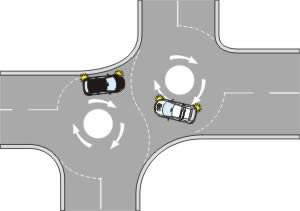
Complex mini roundabouts
Occasionally you may come across a complex junction with a large roundabout incorporating a series of mini roundabouts at the intersections. Treat each roundabout separately but take extra care as traffic can be travelling in both directions around the larger roundabout.
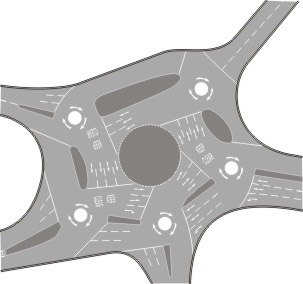
Highway Code study
Rules: 184 - 190.


